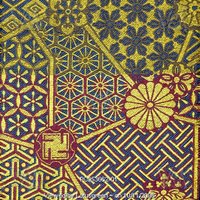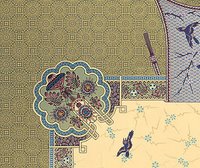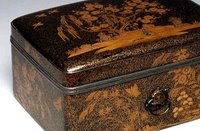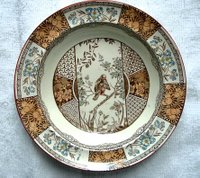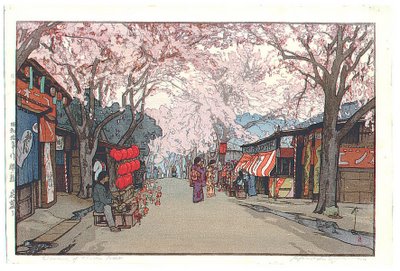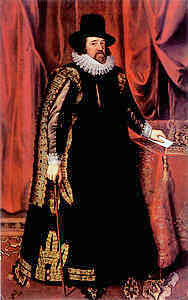flight

robert died this morning about an hour before it started getting light. as soon as i could see i went out and began to dig a space for him under a tree where he used to like to hang out. he's had other spots since then, but none for as long.
i wrapped him in his red towel and carried him outside and found i hadn't made it deep enough. it was kind of difficult because of all the roots, but i finally made it okay.
nine and a half years ago he developed kidney disease and i was told he wouldn't live much longer. i have been giving him kitty dialysis since then, so feel like i got ten extra years. about a year ago his heart began to fail, and for a year he's been on all these meds.
in the last month or so his eyesight really went, he lost a lot of weight, his legs really began bothering him. each change, he would adjust to, and he's spend as much time in the sun, or drinking from the pond as he could.
this morning he was hurting, i could tell, and when he didn't seem to want anything i offered him, and he was crying this pitiful little yow that he had always only done specifically get my attention.
i took him back on the bed with me and scratched his head and his chest to try to help him relax. i paused at one point and he put his head back to my hand. we stayed like that for ten or twenty minutes. i didn't stop scratching. and then found myself wondering if he were still breathing. i kept scratching for a long while after, not knowing, not caring, knowing it didn't matter--it would be good for him in any case.
putting the dirt back felt rude, but it was very important that noone, not squirrel, racoon, nor possum dig him up.
i wanted peace for him, and for the garden around him.
i herringboned mossy bricks over him, and felt guilty for doing this before his body was completely cold. but he had been gone for over an hour, and it also didn't feel right not to. it's easier, i learned a long time ago, to feel guilt than to feel grief.







